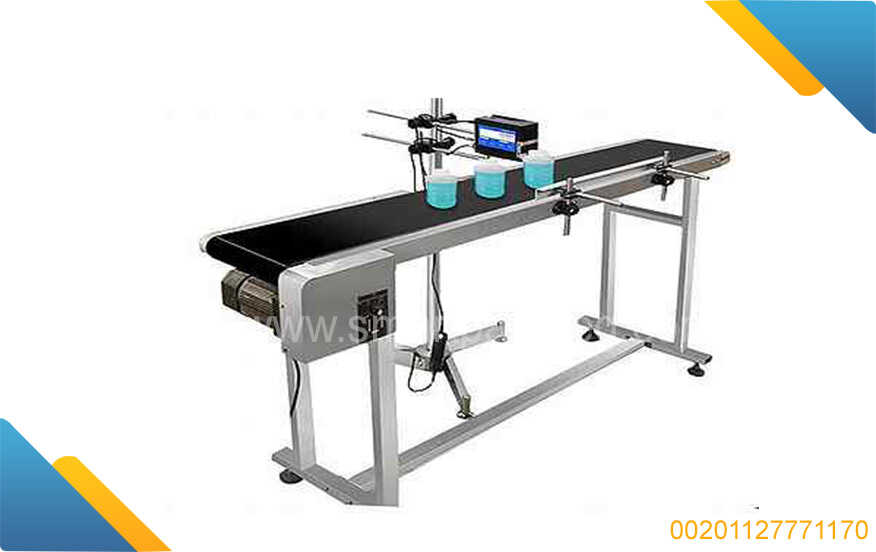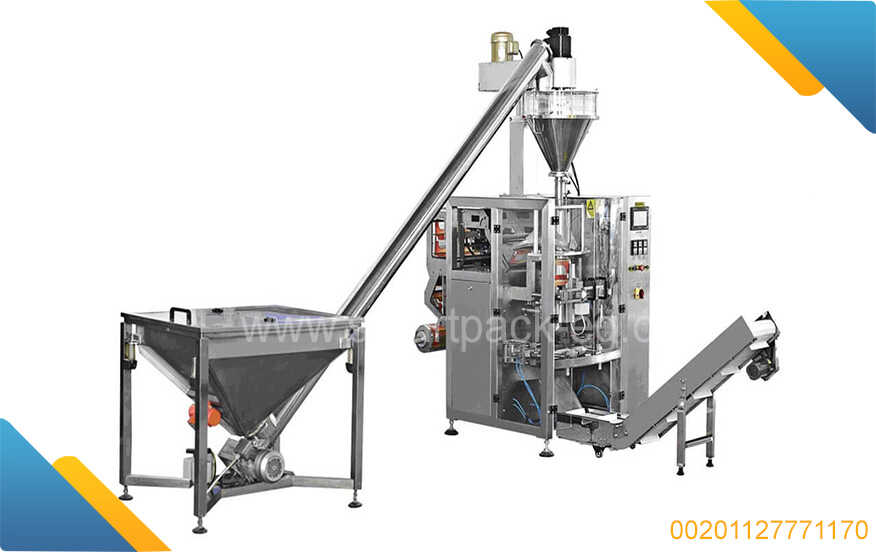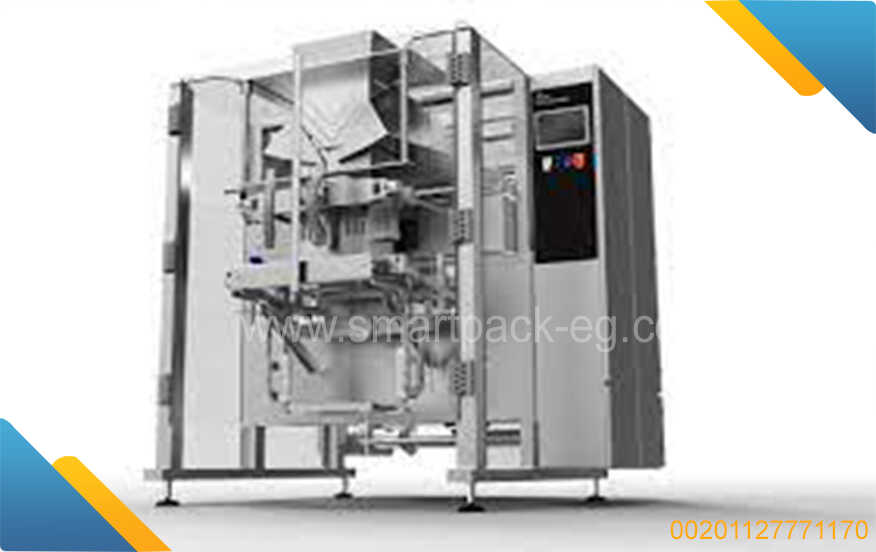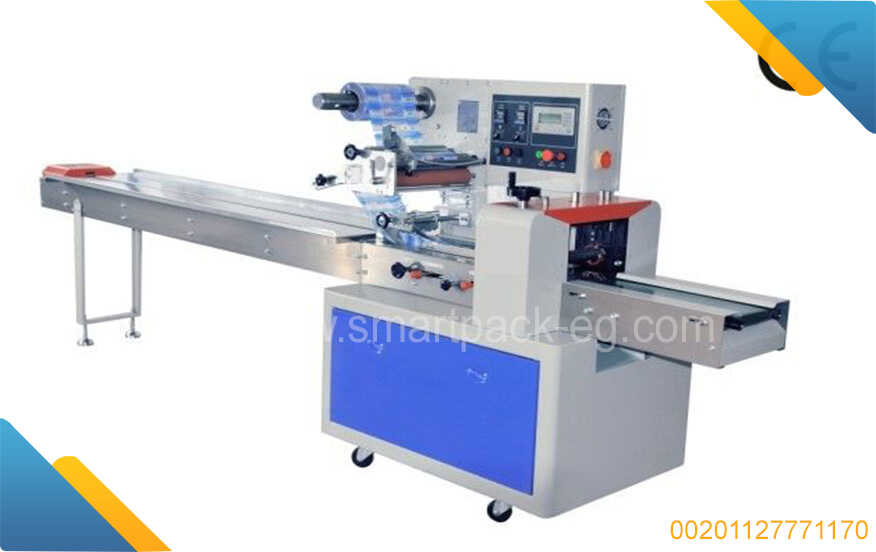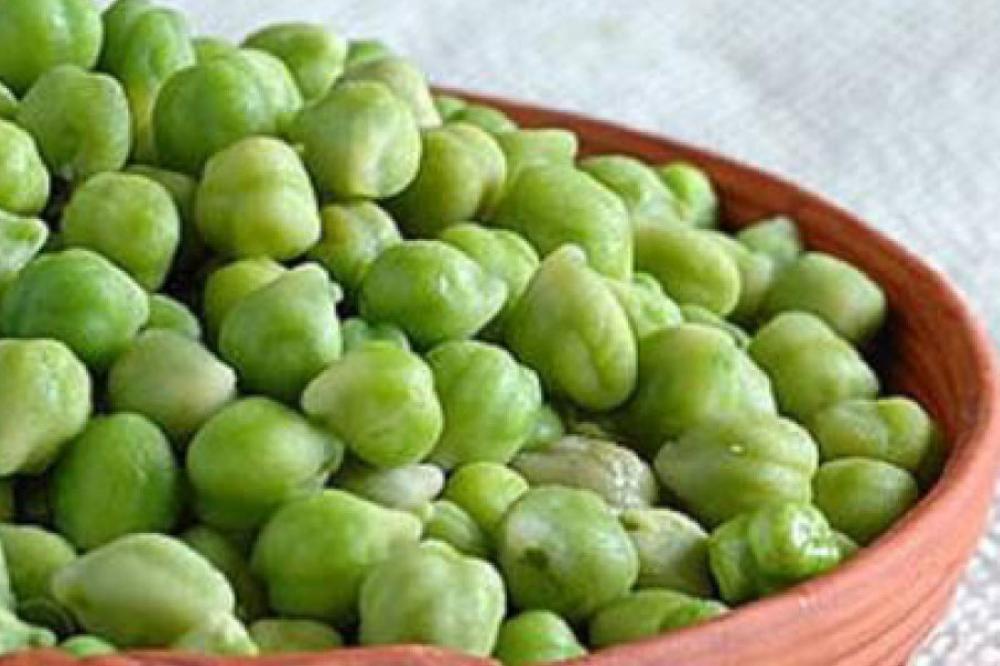How to Grow Coffee in Egypt: A Comprehensive Guide
Introduction:
Growing coffee in Egypt can be a rewarding and lucrative venture. The climate and soil conditions in certain regions of Egypt, such as the Sinai Peninsula and the Red Sea coast, are favorable for coffee cultivation. In this guide, we will walk you through the steps of growing coffee in Egypt, including choosing the right variety, preparing the soil, planting the coffee seeds, and maintaining the plants.
-
Choosing the Right Variety:
Selecting the appropriate coffee variety is crucial for successful cultivation. Arabica and Robusta are the two main species grown globally. Arabica beans are renowned for their aroma and flavor, while Robusta beans are more resistant to diseases and pests. In Egypt, the Arabica variety is commonly cultivated due to its preferred taste profile. Choose a recognized Arabica variety suitable for your climate and altitude. -
Preparing the Soil:
Coffee plants thrive in well-drained soil with a pH level between 6 and 6.5. Before planting, remove weeds and debris from the selected area. Coffee plants require adequate organic matter for optimal growth. Add compost or well-rotted animal manure to improve soil fertility. Ensure good drainage by incorporating sand or gravel into heavy clay soils. -
Planting Coffee Seeds:
Coffee plants are usually propagated from seeds or seedlings. To begin growing coffee from seeds, extract them from ripe and fresh cherries. Soak the seeds in water for 24 hours to remove any remaining pulp. Sow the seeds in small plastic pots or seed trays filled with a mixture of equal parts compost, sand, and soil. Place them in a shaded area with temperatures between 20-30°C (68-86°F). Water them regularly, ensuring that the soil is moist but not waterlogged. -
Maintaining Coffee Plants:
Coffee plants require specific care to maintain their health and productivity. Here are a few key points to consider:a) Watering: Coffee plants need a consistent water supply. Provide regular irrigation, especially during the dry seasons. Avoid overwatering or creating waterlogged conditions as it can lead to root rot.
b) Fertilization: Apply a balanced fertilizer with a higher nitrogen content during the plant's active growing season. Reduce fertilization during the dormant period. Supplemental fertilizers should be applied based on soil analysis and plant nutrient requirements.
c) Pruning: Prune your coffee plants regularly to enhance ventilation and sunlight penetration. Remove any diseased, damaged, or dead branches. Pruning helps maintain the desired shape of the coffee tree and promotes better harvesting conditions.
d) Pest and Disease Control: Inspect your coffee plants regularly for any signs of pests or diseases. Common pests include coffee borer beetles, mealybugs, and aphids. Implement integrated pest management techniques and use organic pesticides if necessary.
Methods and Machines for Packaging Coffee:
Once you have successfully grown coffee and harvested the cherries, it is important to properly package your coffee to maintain its quality and extend its shelf life. Here are some methods and machines commonly used for packaging coffee:
-
Bagging and Sealing:
Bagging your coffee beans is a conventional method of packaging. Specialized machines are available for filling pre-printed bags with coffee beans, which can be manually or automatically sealed. These machines ensure that the packaging is airtight, keeping the coffee fresh. -
Vacuum Sealing:
Vacuum sealing is an efficient method for preserving the flavor and aroma of freshly roasted coffee. Vacuum sealing machines remove air from the packaging, preventing oxidation and maintaining the quality of the beans. This method is ideal for long-term storage and bulk packaging. -
Coffee Capsules:
For single-serve coffee portions, coffee capsules have gained popularity in recent years. These small containers are filled with ground coffee and sealed using specialized machines. Coffee capsules offer convenience and easy brewing, making them a preferred choice for many consumers.
Conclusion:
Growing coffee in Egypt requires careful attention and the implementation of proper cultivation techniques. By selecting the right varieties and providing optimal growing conditions, you can produce high-quality coffee for local consumption or export. Remember to maintain your coffee plants regularly and employ the appropriate packaging methods to ensure freshness and extended shelf life. Good luck with your coffee-growing endeavor!



 Admin
Admin 